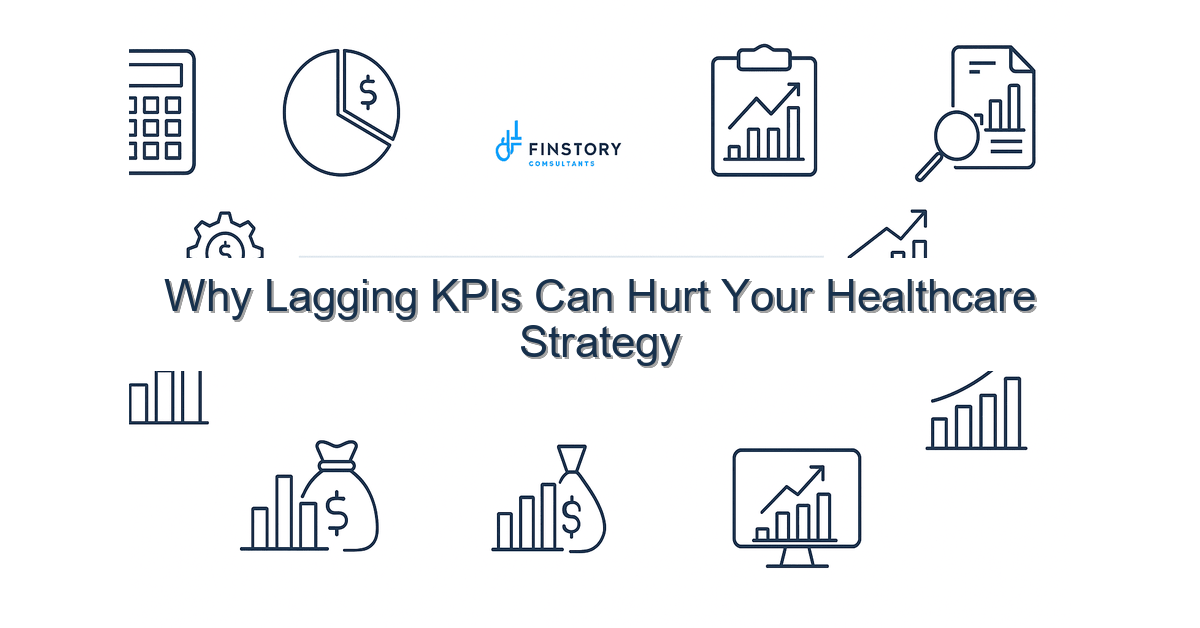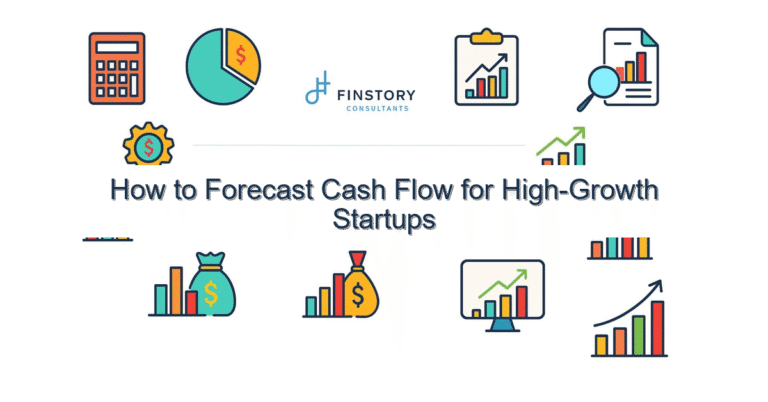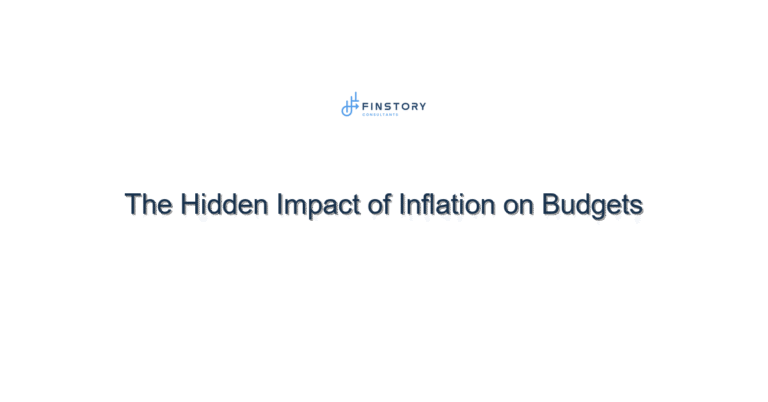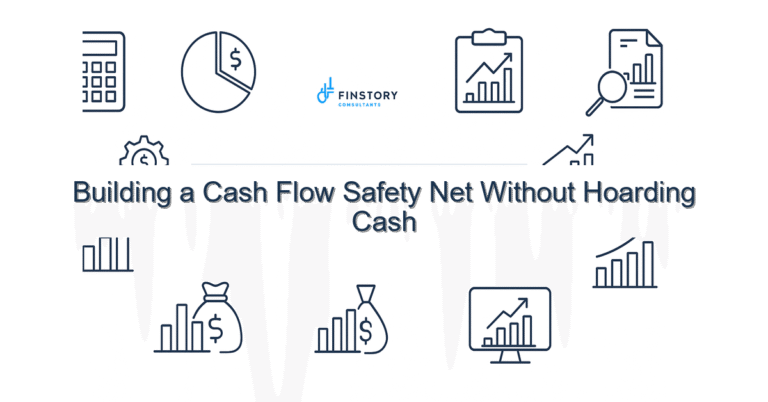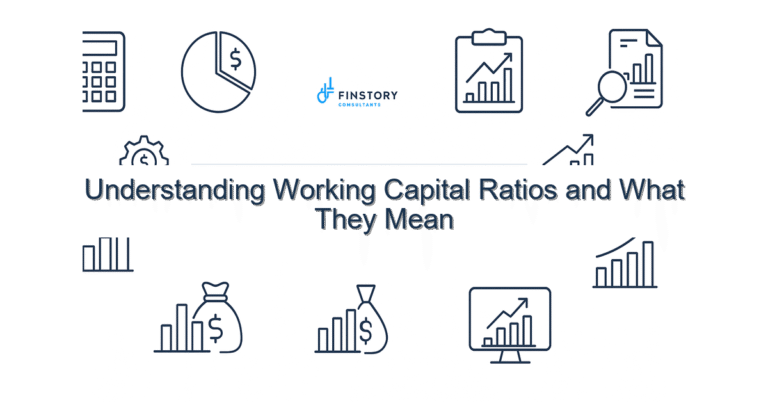Why Lagging KPIs Can Hurt Your Healthcare Strategy
You’re measured on outcomes, but sometimes the metrics you get are just too slow. When finance and operations rely on lagging KPIs, decisions come late, risks compound, and opportunities slip away.
Summary: Swap slow, lagging indicators for a mix of lead and outcome metrics, shorten reporting cycles, and align reporting to decisions so your team can act earlier—improving cash flow, reducing cycle time, and protecting margins.
What’s the real problem?
Lagging KPIs tell you what already happened. In healthcare finance and operations, that delay isn’t academic — it’s dollars and patient access lost. By the time a lagging metric flags a problem, you’ve often already absorbed the impact.
- Cash surprises: A/R days creep up for weeks before leadership sees it.
- Capacity mismatches: You staff to last month’s volume instead of next week’s demand.
- Budget misses that feel sudden because the forecast didn’t update with real-time drivers.
- Slow root-cause: Teams chase symptoms instead of the processes that create them.
What leaders get wrong
Most leaders aren’t ignoring data — they’re trusting the wrong kinds. Here are common missteps I see in hospitals and health systems.
- Relying solely on month-end reports. Those are essential, but they’re not timely enough to guide operational moves.
- Confusing vanity with value. High-level metrics that look good in a deck don’t tell you whether to open an outpatient clinic or delay a hire.
- Building KPIs around what’s easy to measure rather than what drives decisions. If it doesn’t change behavior, it’s noise.
- Neglecting data flow. Finance exports PDF reports that take days to assemble — and the operations team waits.
A better approach
Shift from retrospection to foresight with a simple framework that ties metrics to decisions.
Three-step framework:
- Define decision points: List the 6–8 decisions leaders make weekly or monthly (staffing, cash draws, contract negotiations).
- Select leading indicators: For each decision, pick 1–2 leading KPIs that predict outcomes (e.g., referral volume by day, pre-auth denial rate, daily cash receipts).
- Automate and visualize: Use finance automation to pull transactional feeds into dashboards (Power BI works well here), refresh daily, and deliver succinct leadership reporting.
Short story: A regional health system we worked with saw Medicare A/R days climb from 52 to 68 over two months. By adding a daily denial-rate alert and reconciling payments automatically, they reversed the trend in six weeks and reduced A/R days back to 50 — saving millions in working capital and avoiding a planned short-term loan.
Quick implementation checklist
- List the top 8 decisions your CFO and COO make weekly.
- For each decision, identify one leading and one lagging KPI.
- Map data sources: EHR, billing system, bank feeds, staffing schedules.
- Stand up a daily refresh in Power BI or your BI tool for the leading KPIs.
- Automate one finance process this week (e.g., lockbox feed, AR aging import).
- Create one one-page leadership report that answers: what changed today and what to do.
- Set thresholds and alerts (email or Teams) for the top 3 risk metrics.
- Schedule a 30-minute weekly review with ops and finance to act on the metrics.
What success looks like
- Data accuracy: reduce reconciliation exceptions by 40–70% within 90 days.
- Faster insight: move from monthly to daily/weekly visibility for key drivers.
- Cycle time: shorten billing-to-cash cycle by 15–30% in six months.
- Financial impact: free up working capital, often delivering 2–5x ROI within the first year from reduced A/R and lower borrowing.
- Decision quality: leaders spending less time hunting for numbers and more time on strategic choices.
Risks & how to manage them
Moving to more timely KPIs isn’t risk-free. Address these three at the start.
- Poor data quality. Mitigation: Run a focused data-cleanse sprint on the top 3 sources and implement basic validation rules before automating.
- Change fatigue. Mitigation: Roll out small—one dashboard, one decision, one team—and celebrate quick wins to build momentum.
- Over-measuring. Mitigation: Limit to the KPIs that directly inform a decision. If a metric doesn’t change a choice, archive it.
Tools & data
Practical tech choices make a difference. Finance automation for feeds and reconciliations reduces manual noise. Power BI (or similar) lets you build dynamic leadership reporting that updates daily and supports drill-downs. Tie EHR operational data to billing and bank feeds so finance and operations share the same single source of truth.
Next steps
Start small and tactical: pick one decision (cash management, staffing, or denials) and instrument it with a lead KPI this week. If you want, we can run a short workshop with your CFO and COO to map decisions, pick KPIs, and prototype a dashboard in two weeks.
Work with Finstory. If you want this done right—tailored to your operations—we’ll map the process, stand up the dashboards, and train your team. Let’s talk about your goals.
📞 Ready to take the next step?
Book a 20-min call with our experts and see how we can help your team move faster.
Prefer email or phone? Write to info@finstory.net
or call +91 44-45811170.
